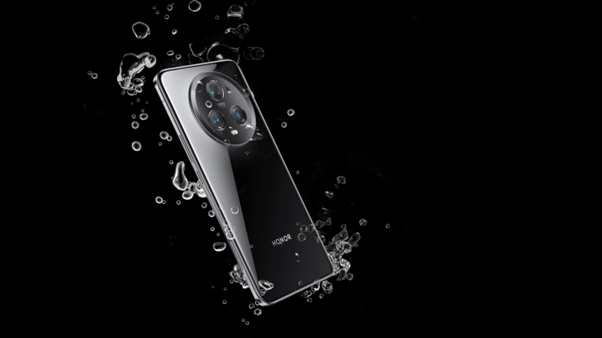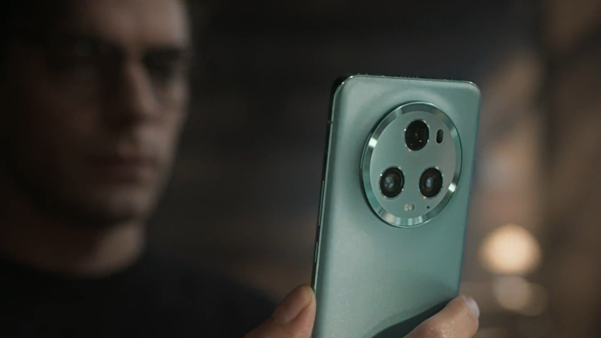

The evolution of smartphone photography has been marked by continuous innovations, and one of the standout features that has significantly impacted low-light photography is Night Mode. This article explores the magic of Night Mode, shedding light on how this technology has transformed the way we capture images in challenging lighting conditions and the impact it has had on the overall smartphone photography experience.
Low-light photography has always presented challenges, with issues like noise, blurriness, and loss of detail being common when shooting in less-than-ideal lighting conditions. Traditional smartphone cameras struggled to produce satisfactory results in the dark, leaving users with grainy and poorly lit images. HONOR Magic5 Pro night mode emerged as a solution to address these challenges, promising to enhance image quality and allow users to capture moments in low-light scenarios with remarkable clarity.
Night Mode operates by merging multiple exposures of the same scene captured over a short period. When activated, the camera takes a series of shots with varying exposure levels, capturing details from the darkest to the brightest areas of the frame. Advanced algorithms then analyze and combine these exposures to create a final image that maximizes detail, minimizes noise, and optimizes overall brightness. The result is a well-balanced and visually appealing photograph, even in extremely low-light environments.
A key element of nght mode is the use of longer exposure times than traditional photography modes. While standard exposures last fractions of a second, night mode extends the exposure duration, allowing the camera to capture more light over a slightly prolonged period. This extended exposure helps brighten up the scene, revealing details that would have been lost in the dark. However, this also introduces the need for image stabilization to prevent blurriness caused by hand movements during the longer exposure.

Most smartphones with Night Mode feature automatic activation, with the camera software detecting low-light conditions and prompting the mode to engage. However, some devices also offer manual control, allowing users to decide when to use Night Mode. Manual activation provides flexibility, enabling users to experiment with the feature in various lighting situations and exercise creative control over their low-light photography.
The primary impact of Night Mode is evident in the improved image quality it delivers. By capturing and merging multiple exposures, Night Mode enhances details, sharpens edges, and reduces noise in low-light images. The result is a photograph with richer colors, clearer details, and an overall more professional and visually appealing appearance. Users no longer need to be constrained by challenging lighting conditions when trying to capture memorable moments.
Some smartphones combine the capabilities of Night Mode with Portrait Mode, creating a powerful synergy for low-light portrait photography. Night Portrait or similar features leverage the benefits of Night Mode to illuminate the subject in low-light scenarios while maintaining a pleasing background blur. This fusion enhances the quality of low-light portraits, allowing users to capture compelling and well-lit images even in challenging lighting conditions.
Night Mode has evolved from being a novelty to an essential feature on modern smartphones. Initially introduced as a way to stand out in the competitive smartphone market, Night Mode is now considered a standard offering. Manufacturers continually refine and enhance Night Mode algorithms, pushing the boundaries of what can be achieved in low-light conditions. As a result, users have come to expect and rely on the magic of Night Mode for capturing stunning images regardless of the time of day.
While Night Mode excels in enhancing low-light photography, it does face challenges in extremely dark conditions. In situations where there is minimal ambient light, Night Mode may struggle to produce well-exposed images. The effectiveness of Night Mode can vary across different smartphone models, and some devices may perform better than others in challenging low-light scenarios. It's crucial for users to understand the limitations of Night Mode and explore alternative techniques, such as external lighting or post-processing adjustments, in extreme darkness.
In conclusion, Night Mode has revolutionized low-light photography on smartphones, transforming it from a challenging endeavor to a captivating and accessible experience. The magic of Night Mode lies in its ability to capture detailed and well-lit images in conditions that were once considered prohibitive. As technology continues to advance, Night Mode is expected to evolve further, pushing the boundaries of what is achievable in low-light scenarios.